Increasing Demand for Sports Nutrition
The Hydrolyzed Whey Protein Market is experiencing a notable surge in demand driven by the growing interest in sports nutrition. Athletes and fitness enthusiasts increasingly seek high-quality protein sources to enhance muscle recovery and performance. According to recent data, the sports nutrition segment is projected to grow at a compound annual growth rate of approximately 8% over the next five years. This trend is likely to bolster the Hydrolyzed Whey Protein Market, as hydrolyzed whey protein is recognized for its rapid absorption and high bioavailability, making it a preferred choice among consumers. Furthermore, the rise of fitness culture and the proliferation of gyms and fitness centers contribute to the increasing consumption of protein supplements, thereby expanding the market's reach.
Rising Prevalence of Dietary Supplements
The Hydrolyzed Whey Protein Market is significantly influenced by the rising prevalence of dietary supplements among various demographics. As consumers become more health-conscious, there is a growing inclination towards incorporating protein supplements into daily diets. Recent statistics indicate that the dietary supplements market is expected to reach a valuation of over 200 billion by 2027, with protein supplements accounting for a substantial share. This trend is particularly evident among older adults seeking to maintain muscle mass and overall health. The convenience and effectiveness of hydrolyzed whey protein in meeting daily protein requirements position it favorably within the Hydrolyzed Whey Protein Market, appealing to a broad spectrum of consumers.
Growing Awareness of Protein's Role in Health
The Hydrolyzed Whey Protein Market is significantly impacted by the growing awareness of protein's essential role in health and wellness. Educational campaigns and nutritional guidelines increasingly emphasize the importance of adequate protein intake for various health benefits, including muscle maintenance, weight management, and overall well-being. Recent studies indicate that protein consumption is linked to improved metabolic health, which resonates with consumers seeking to enhance their dietary habits. This heightened awareness is likely to drive demand for hydrolyzed whey protein, as it is recognized for its high-quality protein content and rapid absorption. Consequently, the Hydrolyzed Whey Protein Market stands to gain from this trend as consumers actively seek out effective protein sources.
Expansion of Vegan and Plant-Based Alternatives
The Hydrolyzed Whey Protein Market is witnessing a shift as consumers increasingly explore vegan and plant-based alternatives. While hydrolyzed whey protein is derived from dairy, the growing popularity of plant-based diets may influence market dynamics. Recent surveys suggest that nearly 30% of consumers are actively seeking plant-based protein sources, which could lead to a diversification of product offerings within the Hydrolyzed Whey Protein Market. Manufacturers may respond by developing hybrid products that combine hydrolyzed whey with plant proteins to cater to this emerging consumer preference. This trend indicates a potential for innovation and adaptation within the market, as companies strive to meet the evolving demands of health-conscious consumers.
Technological Advancements in Protein Processing
Technological advancements in protein processing are playing a crucial role in shaping the Hydrolyzed Whey Protein Market. Innovations in hydrolysis techniques enhance the efficiency and quality of protein extraction, resulting in superior products that meet consumer expectations. Recent developments in enzymatic hydrolysis allow for better control over the degree of hydrolysis, leading to improved solubility and taste. This is particularly important as consumers increasingly prioritize product quality and sensory attributes. As a result, the Hydrolyzed Whey Protein Market is likely to benefit from these advancements, as manufacturers leverage technology to create high-quality, appealing products that resonate with health-conscious consumers.


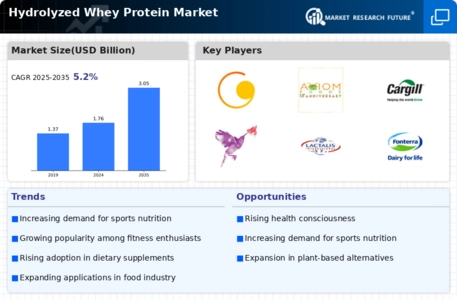

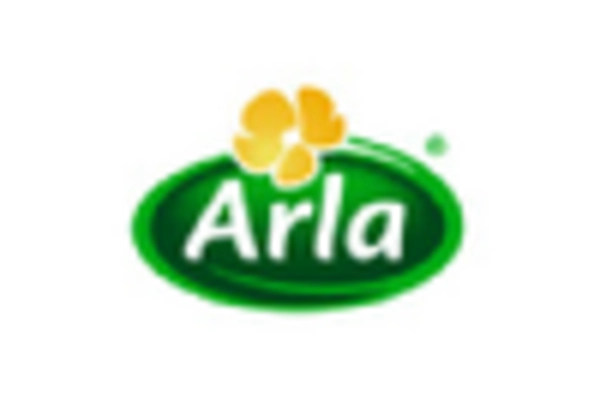
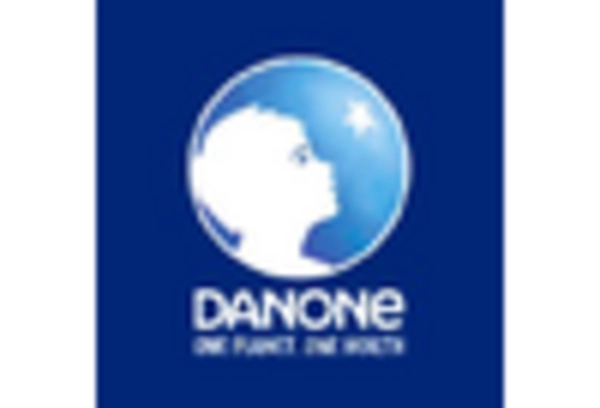
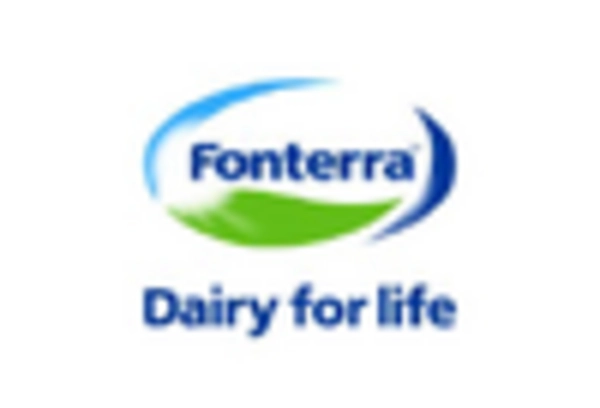
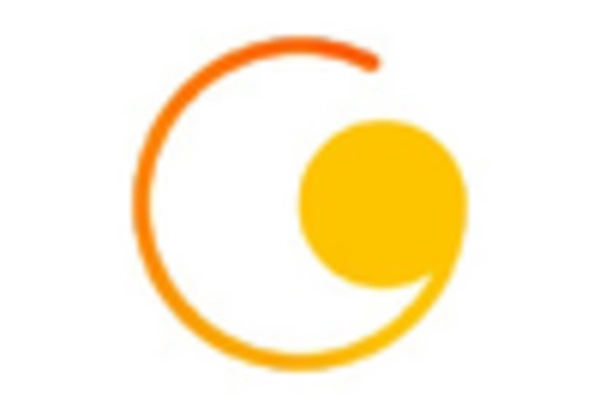









Leave a Comment